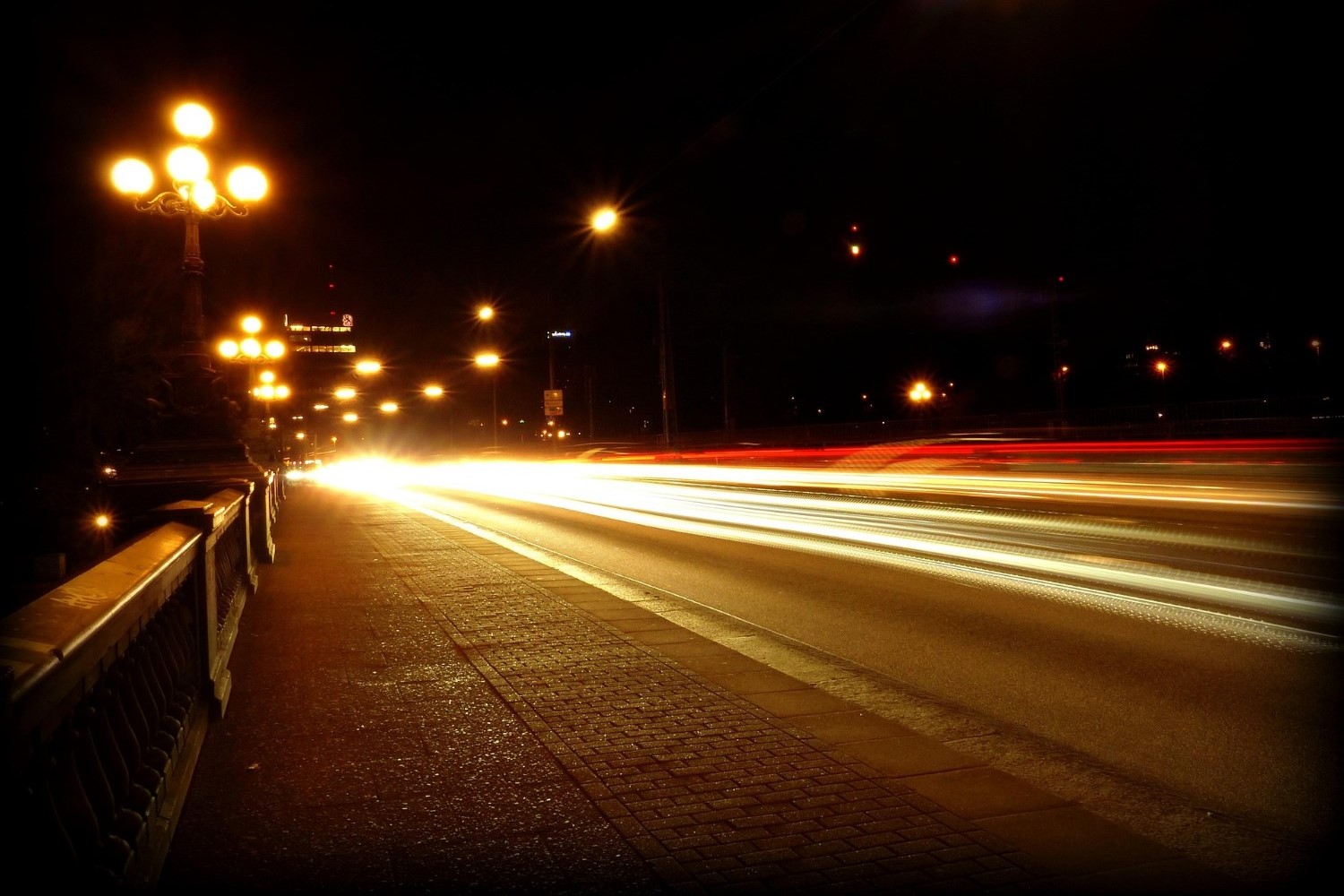8 Night Driving Hazards That Can Derail a Fast Lap
Night driving can be both exhilarating and dangerous, especially for those who enjoy a fast lap in their vehicles, on or off the racetrack. The combination of high speeds and low visibility can create a perfect storm of hazards that can catch even the most experienced drivers off guard.
Understanding these risks is crucial for maintaining speed and for ensuring the safety of everyone on the road. From reduced visibility to unexpected obstacles, this article will discuss eight nighttime driving hazards that could derail a fast lap, emphasizing the importance of careful driving and awareness.

Reduced Visibility
Nighttime driving can be particularly difficult because of limited visibility. One of the main challenges of nighttime driving is impaired vision, as pupils naturally dilate in low light, which can lead to increased nearsightedness. This dilation heightens light sensitivity, making glare and halos from headlights or streetlights more pronounced. As a result, even prescription glasses or contact lenses may not perform as well under these conditions.
Studies have shown that nearly 50% of all traffic fatalities occur at night, despite only about 25% of driving being done during these hours. This stark statistic highlights the dangers associated with poor visibility and underscores the importance of ensuring that your vehicle’s headlights are properly adjusted. In low-light conditions, far-away objects become hard to discern, pushing drivers to react within seconds to avoid potential collisions. Drivers must remain vigilant and focused on their surroundings, adjusting their speed to account for how far ahead they can see.
Glare from Oncoming Traffic
Another significant hazard during night driving is the glare from oncoming headlights. Bright halogen or LED lights can temporarily blind drivers and hinder their ability to judge distances and speed. This momentary loss of vision is not only disorienting but can lead to serious accidents if the driver cannot see vehicles, pedestrians, or hazards on the road.
Glare can cause eye fatigue, leading to decreased reaction times. To combat this, drivers should adjust their headlight settings and wear anti-reflective glasses, especially if they know they will be driving for extended periods at night. Maintaining a consistent speed and being prepared to slow down can help navigate through bright lights without compromising safety.
Wildlife Crossings
Many rural and suburban roads are frequented by wildlife, especially at dusk and dawn when animals are most active. Collisions with animals can be catastrophic, particularly with larger species such as deer. According to the Insurance Institute for Highway Safety, deer-related accidents account for thousands of vehicle crashes each year, leading to injuries and fatalities.
As such, it becomes vital for drivers to stay alert, especially in areas marked with wildlife crossing signs. There is often a higher risk during nighttime hours when visibility is limited. When driving in these areas, taking precautions such as reducing speed and scanning the sides of the road can help mitigate this risk. Being aware that hunting season can increase animal activity near roadways can contribute to safer nighttime driving practices.
Fatigue and Drowsiness
Driving at night often coincides with a natural feeling of fatigue and drowsiness. The body’s rhythm is attuned to night as a time for rest, and pushing through can lead to dangerous outcomes. Drowsy driving is akin to driving under the influence, with impaired abilities to react or make decisions. Studies indicate that over 20% of fatal crashes involve drowsy drivers, highlighting the need for self-awareness and responsibility on the road.
Recognizing signs of fatigue, such as yawning or difficulty concentrating, is important in determining when to take breaks or find a safe place to rest. Scheduling long trips during daylight hours can significantly reduce the likelihood of encountering fatigue-related hazards while driving, enhancing safety.
Poor Road Conditions
Nighttime is notorious for revealing poor road conditions, including potholes, cracks, or surges inroad, which can pose serious hazards when driving at high speeds. Visibility issues can prevent drivers from spotting these dangerous imperfections in the roadway until it is too late.
It’s wise for drivers to familiarize themselves with the routes they traverse, allowing knowledge of unreliable sections to mitigate potential dangers. Not only must drivers watch for uneven surfaces, but they should also remain aware of weather-related or construction hazards that may be exacerbated in the dark. Having proper tires and adequate suspension can aid in better handling on less-than-ideal roads.
Inattentive or Distracted Drivers
The increase in inattentive or distracted drivers on the road at night is another critical hazard. Drivers who may feel more relaxed after a long day can find themselves scrolling through their phones or engaging in conversations with passengers, diverting their focus from driving.
The National Highway Traffic Safety Administration reports that distracted driving is responsible for thousands of accidents annually. Those who venture out at night must be more alert and prepared for unpredictable behaviors of other road users. Keeping a reasonable distance from other vehicles and being prepared to react can provide the necessary cushion to avoid potential hazards.
Irregular Traffic Patterns
Nighttime traffic patterns often differ significantly from daytime. Fewer vehicles may lead drivers to speed without thinking of the risks involved, creating even more danger on the road. Late-night traffic can include commercial vehicles returning from long jobs, as well as those who may exceed safe driving limits.
Encouraging drivers to maintain safe speeds, regardless of the perceived freedom of fewer vehicles on the road, can enhance safety. Equally, understanding that traffic lights and signals may behave unpredictably in the dark can help prepare for sudden stops or abrupt changes.
Find Reliable Products and Services
With various hazards present during nighttime driving, utilizing the right products and services can make the experience safer. Investing in headlights with better illumination or choosing reflective gear can enhance visibility for both drivers and pedestrians. Opting for enhanced driving aids or technology can be invaluable in reducing hazards.
Local resources provide beneficial products that support safer driving conditions, whether through improved vehicle accessories or community awareness programs. These initiatives can help raise awareness of the dangers linked to driving at night and encourage proactive measures among drivers, ultimately reducing nighttime accidents.

The risks associated with nighttime driving are multifaceted and require drivers to remain aware and well-prepared. By understanding the eight hazards outlined above, drivers can better protect themselves and others on the road. Staying vigilant, ensuring vehicle maintenance, and adopting safety strategies are fundamental to keeping fast laps enjoyable and safe during the night.